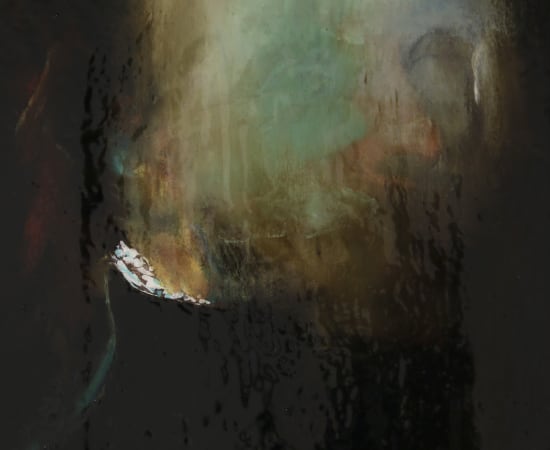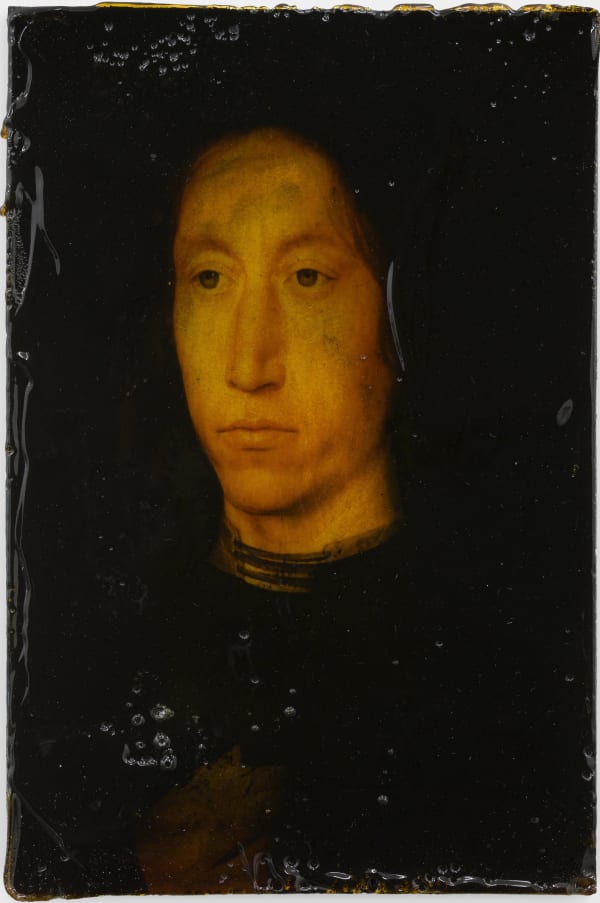Falcone (Giammarco Falcone) Italian, b. 1990
Falcone was born in Palermo (Italy) in 1990. He grew up in Milano where he obtained a diploma at the Liceo Artistico di Brera in 2008 and continued to study Art History at the Accademia di Belle Arti di Brera. In 2010 he moved to Brussels, where he attended the Painting course at ERG (Ecole de Recherche Graphique). He finished his Master in Fine Arts in 2015 at KASK (Koninklijke Academie voor Schone Kunsten) in Gent, mentored by Narcisse Tordoir.
During his studies in Belgium, he performed at Luc Tuymans exhibition’s opening at Bozar (2011) and took part in the group show Tranlation(s) at Bruxelles Congress (2012). In 2015, he had various solo exhibitions including In.visibile at Alson gallery (Milan) with an artwork from Tintoretto (1518-1594) and Ermetism I & II at Archiraar Gallery (Bruxelles) and at Croxhapox (Gent). He has been selected to take part to the Courtauld Institute’s Biennial (London), Artificial realities (2016-2017), with world renowned artists such as Tracey Emin, Rachel Whiteread, Daniel Buren, …
His work tries to establish a dialogue with the history of painting, investigating from inside all the aspects of this medium. Falcone analyses painting reusing old masters’ works and recreating the same technics in order to distort and appropriate them in his owns painting process. Falcone’s paintings are a combination of old and modern technics, where ancient recipes are sometimes mixed with modern manipulation. Blurring the limits of painting, Falcone creates unclear and confusing atmospheres, switching indistinctly between figuration and abstraction.
Influenced by the mastery of Caravaggio, Falcone contrasts dark tones in the way of chiaroscuro, recreating some scenographic similarities with works of the Italian master. Theatrically powerful, Falcon’s works often represent old master paintings, some more famous than others, mostly from artists who were part of the “setta dei tenebrosi” that have been slightly modernized, but which kept the skillfulness of the maters’ technic. The “setta dei tenebrosi” was the name of the movement born in Napoli describing the followers of Caravaggio’s.
Where Falcone really revolutionizes the imagery is in his use of various media to thicken the texture of the paint. Different varnishes can be applied in order to blur the subject, and create a modern impression of a classical subject. Tar is also used by the artist in a variety of his works. Tar was used by Caravaggio and many of his followers to create a shiny black pigment which would reflect light like no other pigment previously. Falcone pays tribute to Caravaggio and the progress that he made to painting as a technique.



